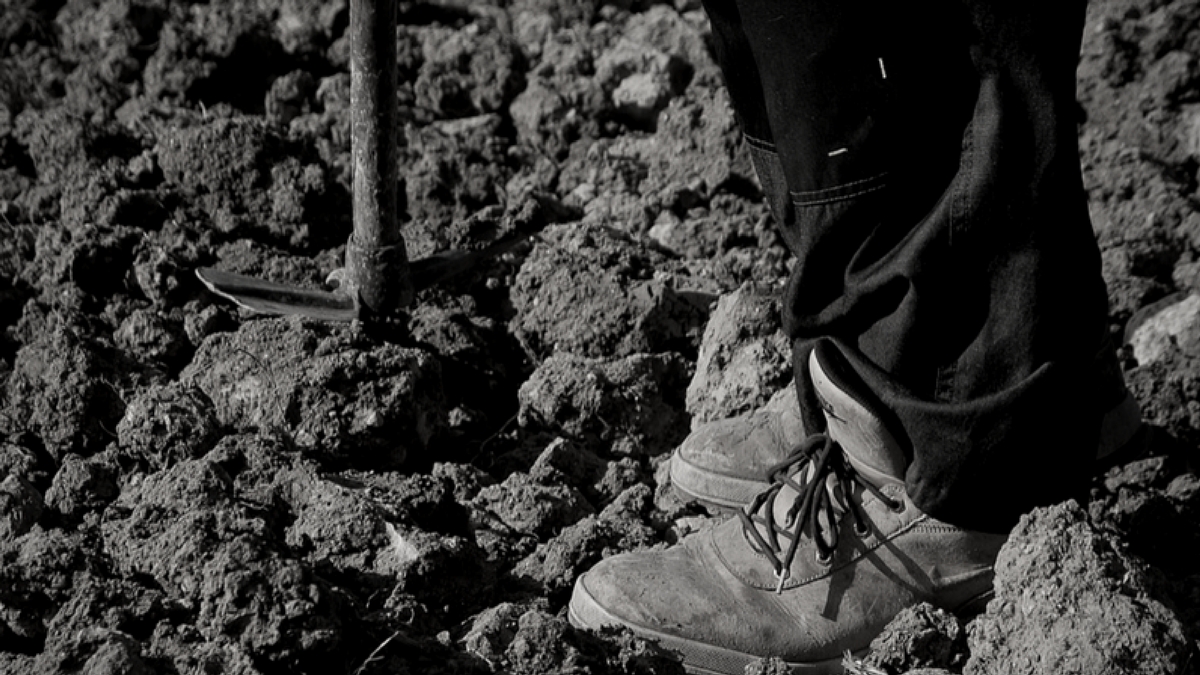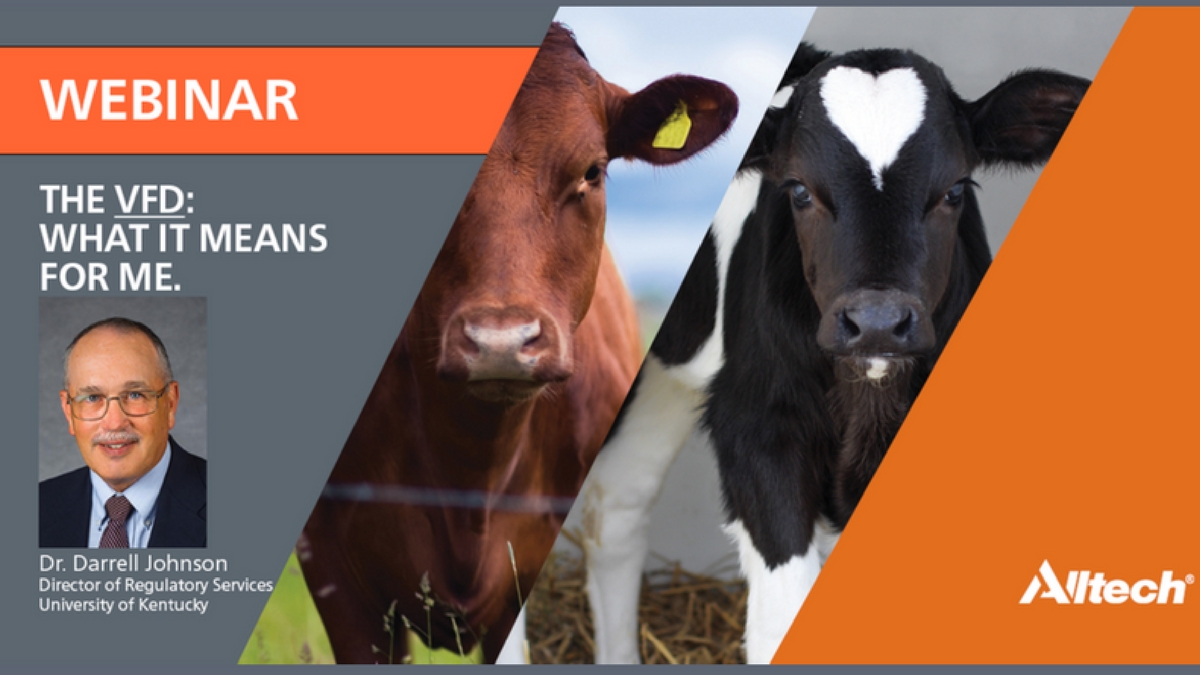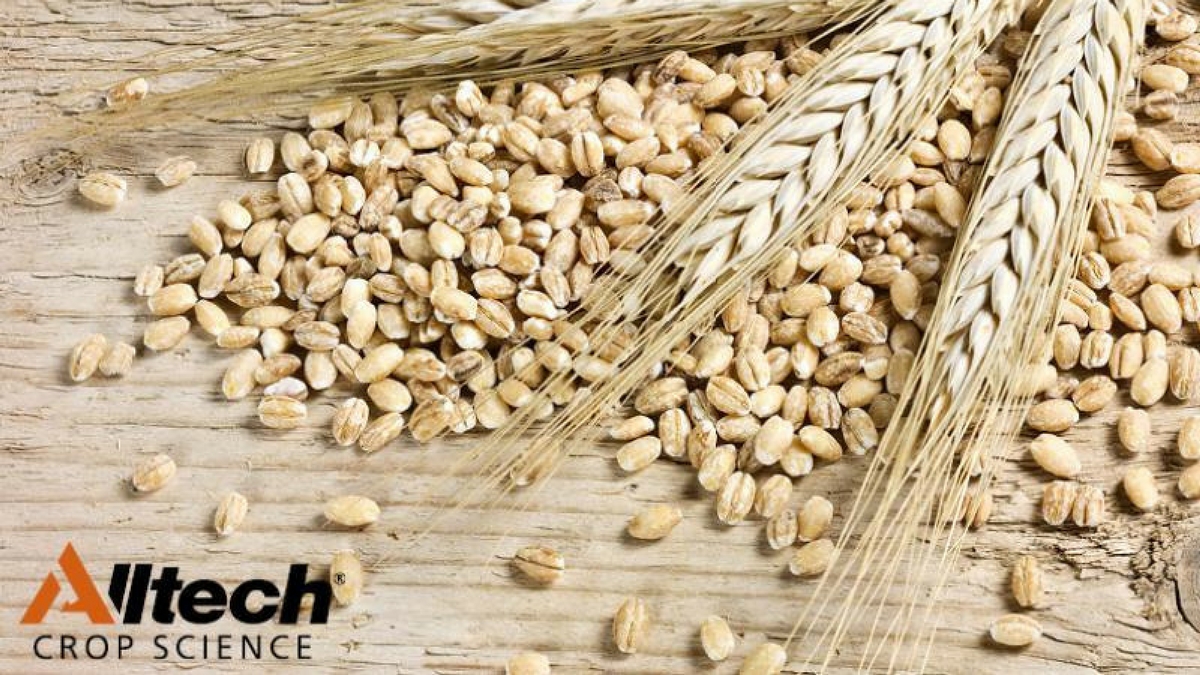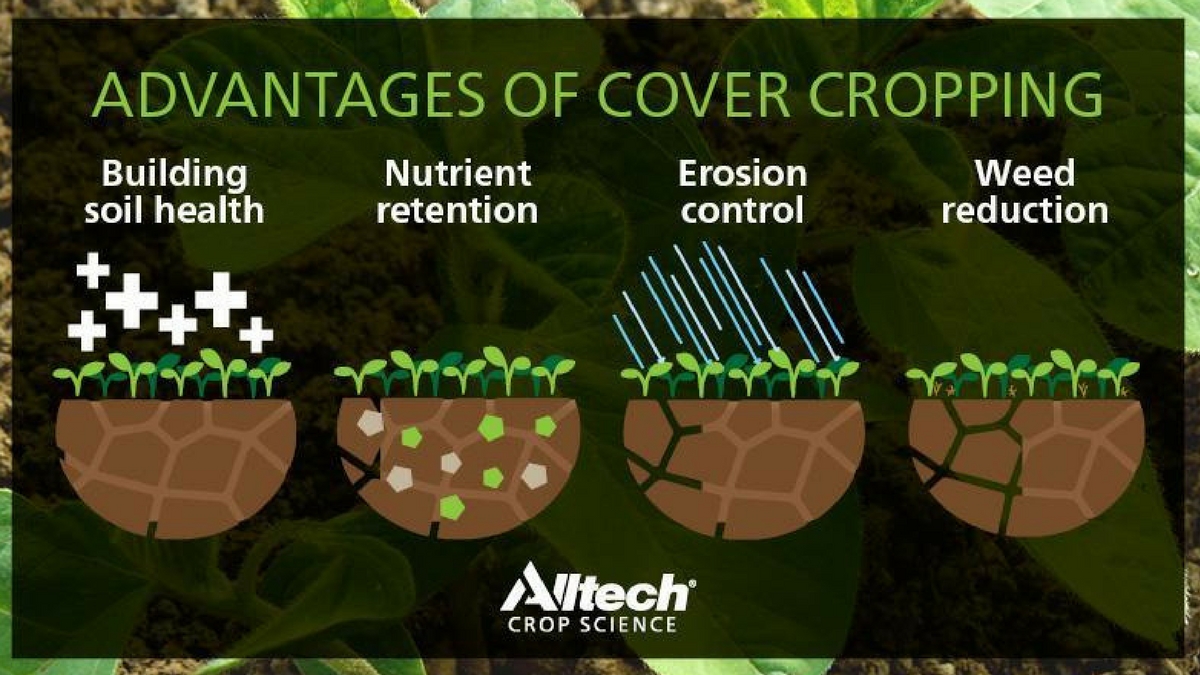Mycotoxins: A major worry for organic poultry
If you have read any of Alltech’s other blog posts on mycotoxins, you know the many hazardous effects mycotoxins may have on livestock animals. In poultry production alone, mycotoxins have been linked to mouth lesions, yellow livers, gizzard erosions and poor gut integrity. Many of the world’s biggest poultry integrators pay very close attention to their grain and feed quality because of the effects these challenges may have on poultry health and on profit margins.
When it comes to organic poultry production, however, the more stringent regulations also present unique challenges.
First, there is the challenge of supply and demand. According to a survey conducted in 2014 by the USDA National Agricultural Statistics Service, sales of U.S. organic products have increased 72 percent since 2008. Demand for organic and non-GMO broiler chickens, turkeys and eggs is also strong and is expected to double in the next decade. In response to the increase in demand, local producers have been expanding their organic and non-GMO production. A 2016 article from WattAgNet.com summarizes the rapid growth that organic poultry has had. From 2000 to 2014, organic broiler production grew by 96 percent, organic layer flocks grew by 89 percent and turkey production grew by 35 percent.
Even though the poultry industry has been very quick to respond to consumer demands, the supply of certified organic and non-GMO grains has been slower to react.
The U.S. is the largest corn producer in the world, but in 2011 it was estimated that organic corn represented only 0.26 percent of production. Today, about 4 percent of food sales are organic while only 0.5 percent of U.S. farm acreage is dedicated organic. With a limited supply, buyers are often forced to accept higher levels of broken kernels and imperfections in their grain.
The case for grain quality
Grains with broken kernels and imperfections usually contain higher levels of molds and mycotoxins. Most of the mycotoxin-producing species of molds are soil-born fungi, which can survive and remain in fields for long periods of time. With modern agricultural practices such as no-till methods, incidences of fungal contamination appear to be increasing. The presence of corn stems and infected ears remaining on the soil surface from one year to another may serve as a source of inoculums, contributing to the increased incidence of contaminated grains (Mora and Moreno, 1984).
According to Duarte et al. (2008), fungicides can reduce the incidence of Fusarium molds in corn grain, but the use of fungicides is not allowed when growing organic corn.
Managing a hidden mycotoxin threat
To protect our food chain, the U.S. Food and Drug Administration imposes limits for mycotoxin levels in food and feed. This was highlighted in a 2016 alert by the National Grain and Feed Association to remind everyone of the acceptable levels. To meet the standards of organic production as well as these limits, organic producers are limited in terms of mycotoxin risk management and gut health prevention tools.
Management strategies and the implementation of a thorough program are necessary to prevent exposure to mycotoxins. Checking grain quality by utilizing industry-approved standards to collect samples and submitting them to a high-standard testing laboratory is a good start, followed by routine maintenance of feed mills to eliminate possible contamination in the milling process. Certified organic mycotoxin control agents in the diets should also be utilized to help prevent or offset the impacts mycotoxins can have on overall performance.
To learn more about Alltech’s program for managing mycotoxins, visit www.knowmycotoxins.com.
Have a question or comment?
- Read more about Mycotoxins: A major worry for organic poultry
- Log in to post comments

<!--[if lte IE 8]>
<script charset="utf-8" type="text/javascript" src="//js.hsforms.net/forms/v2-legacy.js"></script>
<![endif]-->
<script charset="utf-8" type="text/javascript" src="//js.hsforms.net/forms/v2.js"></script>
<script>
hbspt.forms.create({
portalId: '745395',
formId: '7046e5d7-6668-42e6-953d-45ac02f6a192'
});
</script>
According to a survey conducted in 2014 by the USDA National Agricultural Statistics Service, sales of U.S. organic products have increased 72 percent since 2008. Demand for organic and non-GMO broiler chickens, turkeys and eggs is also strong and is expected to double in the next decade.





















